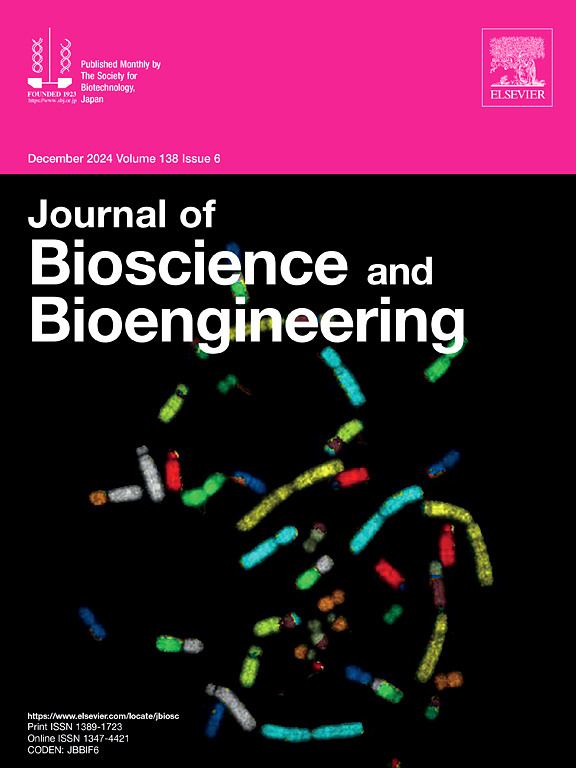生物人工胰腺用磷脂聚合物修饰海藻酸盐水凝胶的制备。
IF 2.9
4区 生物学
Q3 BIOTECHNOLOGY & APPLIED MICROBIOLOGY
引用次数: 0
摘要
生物人工胰腺是由包裹胰岛素分泌细胞的半透性水凝胶组成的,作为1型糖尿病的治疗方法引起了人们的关注。在这项研究中,我们开发了磷脂聚合物修饰的海藻酸盐水凝胶珠,包被胰腺β细胞系MIN6的球体。水凝胶珠是由甲基丙烯酸化的海藻酸组成的,它可以使离子和共价交联,从而使水凝胶比传统的海藻酸盐水凝胶更稳定。此外,生物相容性的2-甲基丙烯酰氧乙基磷酸胆碱(MPC)聚合物的修饰抑制了蛋白质在水凝胶珠上的吸附。包封MIN6球体的水凝胶珠维持细胞活力和胰岛素分泌能力,以响应体外葡萄糖水平。异体移植的凝胶珠可以降低糖尿病小鼠30天的血糖水平,而未经MPC聚合物修饰的凝胶珠则不能调节血糖水平。这些结果表明,MPC聚合物改性水凝胶为功能性生物人工胰腺和可移植细胞治疗生物材料的制备提供了一种新的策略。本文章由计算机程序翻译,如有差异,请以英文原文为准。
Fabrication of phospholipid polymer-modified alginate hydrogels for bioartificial pancreas
The bioartificial pancreas, composed of a semi-permeable hydrogel encapsulating insulin-secreting cells, has attracted attention as a treatment for type 1 diabetes. In this study, we developed phospholipid polymer-modified alginate hydrogel beads that encapsulated spheroids of the pancreatic beta cell line MIN6. The hydrogel beads were composed of methacrylated alginic acid, which enabled both ionic and covalent cross-linking, resulting in a hydrogel that was more stable than conventional alginate hydrogels. Furthermore, modification of biocompatible 2-methacryloyloxyethyl phosphorylcholine (MPC) polymers suppressed protein adsorption to the hydrogel beads. Hydrogel beads encapsulating MIN6 spheroids maintained the cell viability and insulin secretion ability in response to glucose levels in vitro. Allogenic transplantation of gel beads lowered blood glucose levels in diabetic mice for 30 days, whereas gel beads without MPC polymer modification failed to regulate blood glucose levels. These results indicate that MPC polymer modification of hydrogels provides a new strategy for the fabrication of functional bioartificial pancreas and transplantable biomaterials for cell therapies.
求助全文
通过发布文献求助,成功后即可免费获取论文全文。
去求助
来源期刊

Journal of bioscience and bioengineering
生物-生物工程与应用微生物
CiteScore
5.90
自引率
3.60%
发文量
144
审稿时长
51 days
期刊介绍:
The Journal of Bioscience and Bioengineering is a research journal publishing original full-length research papers, reviews, and Letters to the Editor. The Journal is devoted to the advancement and dissemination of knowledge concerning fermentation technology, biochemical engineering, food technology and microbiology.
 求助内容:
求助内容: 应助结果提醒方式:
应助结果提醒方式:


